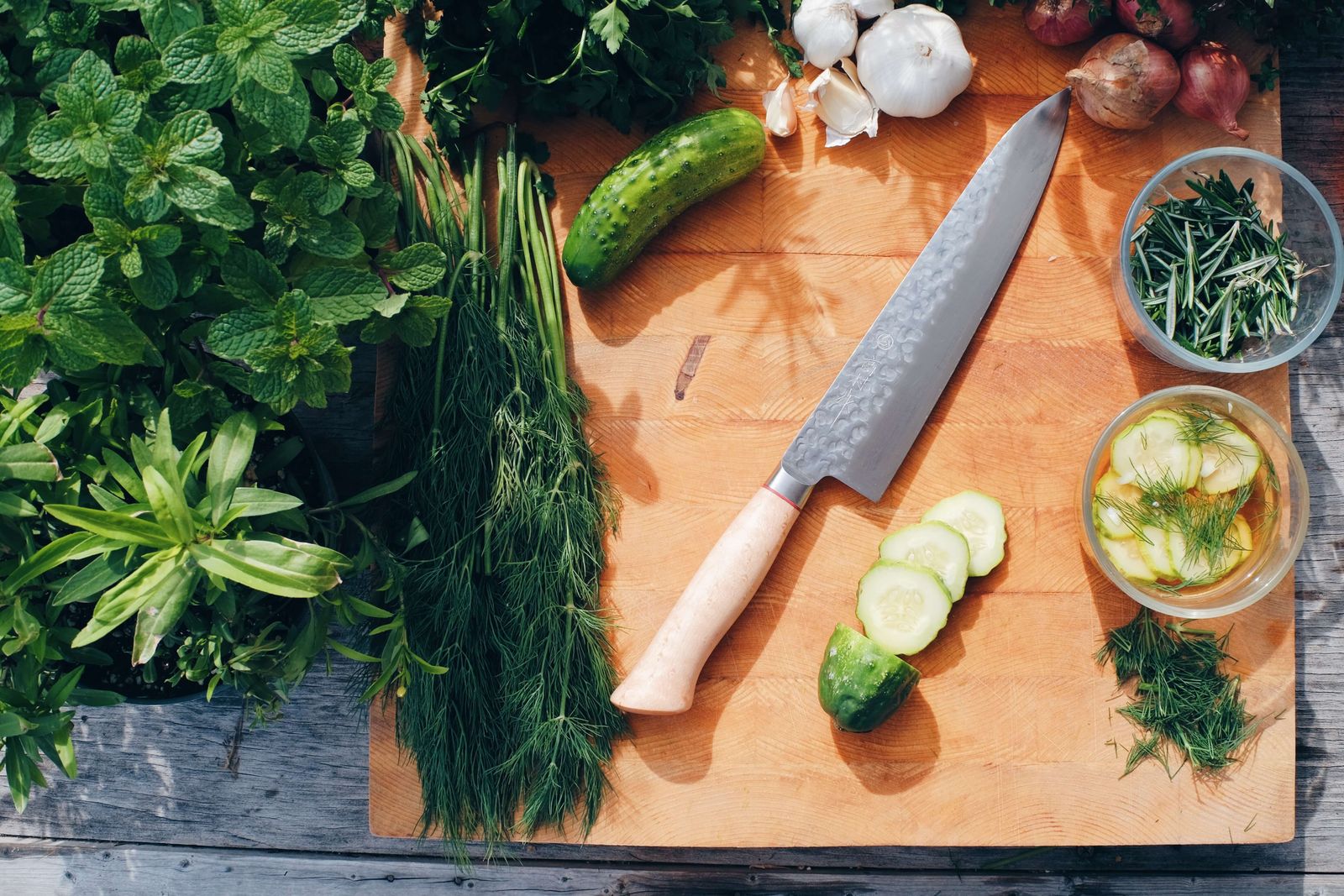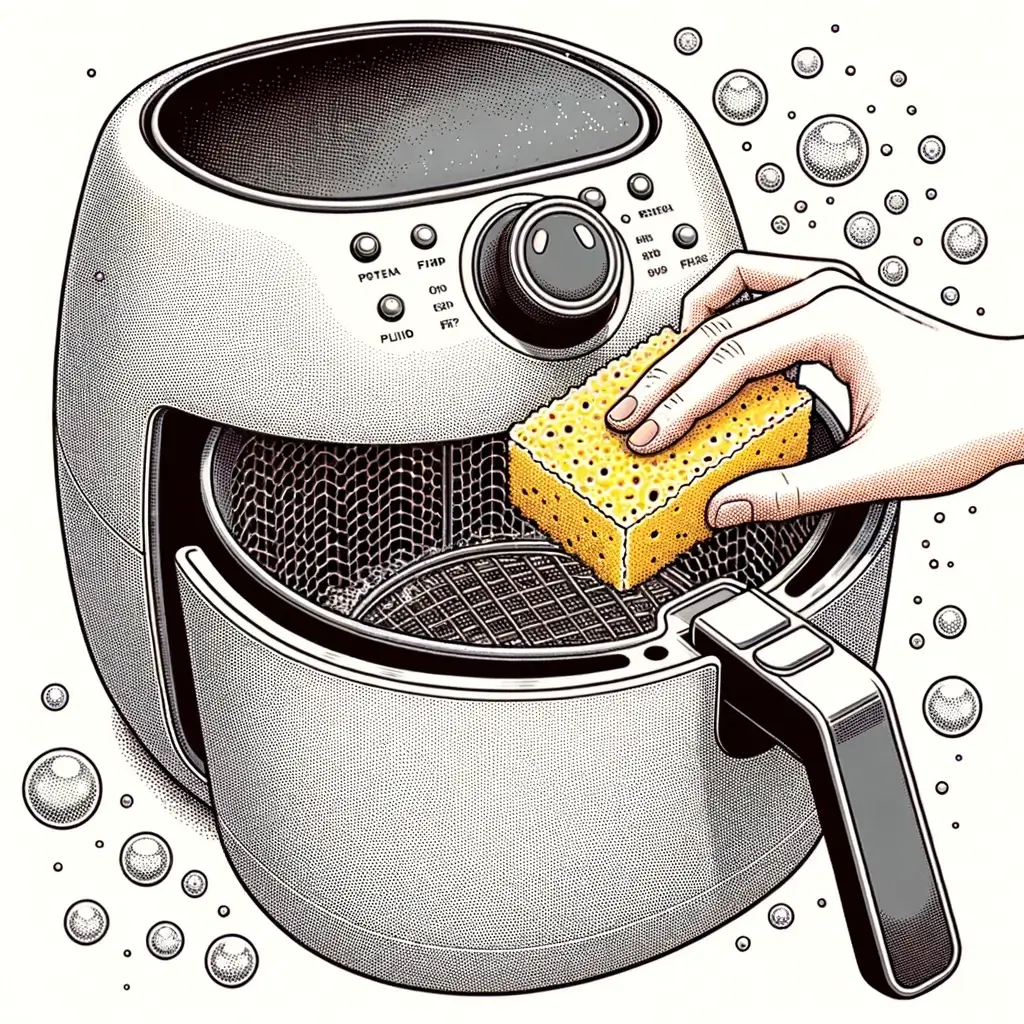The Gyuto knife, often called the Japanese equivalent of the Western chef knife, is a hand-forged culinary tool crafted by master artisans in regions like Seki City.
Its name, "Gyuto," translates to "cow sword," indicating its primary use for beef cutting. However, its versatility extends far beyond, making it an effortless tool for various kitchen tasks. The Gyuto knife's design is a harmonious blend of aesthetics and functionality, making it a sought-after tool among chefs and culinary enthusiasts worldwide.
Its slender blade and sharp edge make it perfect for precision tasks, while its durable construction ensures longevity.
In This Article
- Historical Background of Gyuto Knife
- Traditional Craftsmanship Techniques
- Materials and Design of Gyuto Knife
- The Art of Sharpening and Maintenance
- Cultural Significance in Japanese Cuisine
- Conclusion
- Frequently Asked Questions
- Further Reading
Historical Background of Gyuto Knife
Japanese knife-making is steeped in centuries of tradition. The Gyuto knife's history is intertwined with Japan's culinary evolution, where precision and quality have always been paramount.
The principles of balance, sharpness, and durability have remained consistent from the ancient samurai swords to modern kitchen knives.
The Gyuto, with its rich history, is a reflection of centuries of Japanese metallurgical expertise and cultural appreciation for fine craftsmanship.
The evolution of the Gyuto knife can be traced back to the influence of Western cuisine on Japanese culinary practices, leading to the creation of a knife that combined the best of both worlds.
Traditional Craftsmanship Techniques
The Gyuto knife is a work of art. Its blade, often made from high-quality materials like VG10 Damascus steel or 52100 carbon steel, showcases up to 45 layers of Damascus patterns. These layers add to the knife's aesthetic appeal and enhance its sharpness and durability.
The forging process involves multiple stages, from initial shaping to heat treatment, ensuring the blade's exceptional hardness.
Artisans often employ traditional hammering techniques, giving each Gyuto knife a unique texture and appearance. This meticulous process can take several days, with each knife undergoing rigorous quality checks.
Materials and Design of Gyuto Knife
The blade's core material provides high rigidity, toughness, and durability. The handle, traditionally made from materials like stabilized maple burl or ironwood, offers a comfortable grip.
Some Gyuto knives even incorporate the number eight in their handle design, considered lucky in Japan and reminiscent of the traditional Japanese Samurai sword's eight angles.
The choice of materials, from the blade to the handle, is a testament to the knife's quality and the artisan's dedication to preserving traditional craftsmanship. The balance between the blade and the handle is crucial, ensuring that the knife feels comfortable in hand and performs optimally.
The Art of Sharpening and Maintenance
Maintaining the Gyuto knife's edge is crucial for its longevity. Regular sharpening using traditional Japanese sharpening stones ensures that the blade remains razor-sharp.
Moreover, proper care, including cleaning and storing the knife in a dry place, will ensure it lasts for generations.
The sharpening process itself is an art requiring skill and patience. Maintaining the correct angle and using the right sharpening techniques ensures that the Gyuto knife remains a reliable tool in the kitchen for years to come.
Understanding the knife's steel type is essential, as different steels require different care and sharpening methods.
Cultural Significance in Japanese Cuisine
The Gyuto knife is not just a tool; it's a symbol of Japanese culinary tradition. Its craftsmanship reflects the meticulous attention to detail inherent in Japanese cuisine, from sushi to sashimi and beyond.
The knife's design and functionality are deeply rooted in Japanese culture, emphasizing harmony, balance, and precision. For many chefs in Japan, the Gyuto knife is more than just a kitchen tool; it's an extension of their culinary philosophy and passion.
The knife's significance extends beyond its utility, symbolizing Japanese culture's deep respect and reverence for its culinary traditions.
Conclusion
The Gyuto knife is more than just a culinary tool; it's a symbol of centuries-old traditions, meticulous craftsmanship, and the profound respect that Japanese culture holds for its culinary arts.
From its historical roots to the intricate techniques employed in its creation, every aspect of the Gyuto knife tells a story of dedication, passion, and mastery.
As we've explored the depths of its craftsmanship, materials, and cultural significance, it becomes evident that owning a Gyuto knife is not just about having a functional kitchen tool but about possessing a piece of art that carries the weight of history and the spirit of Japanese culinary excellence.
Frequently Asked Questions
What should I look for in a Gyuto?
Look for high-quality materials, both in the blade and the handle, and ensure that the knife has been hand-forged by reputable artisans.
What is a Gyuto knife good for?
While primarily designed for beef cutting, the Gyuto knife's versatility makes it suitable for various kitchen tasks, from slicing vegetables to filleting fish.
What not to do with a Gyuto?
It's best not to use a Gyuto on hard surfaces or for tasks like bone chopping, which can damage its delicate edge.
Can you rock cut with a Gyuto?
Yes, the Gyuto knife's design allows for both push cutting and rock cutting techniques.
Further Reading
- Sharpness & Flexibility: The Unique Balance of the Gyuto Blade: Dive deeper into the unparalleled design of the Gyuto blade that offers both precision and versatility.
- Techniques Mastery with Gyuto: A Comprehensive Guide to Cutting: Enhance your culinary skills by mastering the art of using the Gyuto knife for various cutting tasks.
- Stockland's article on How to Use Knives Safely is a must-read for anyone looking to enhance their kitchen safety skills.
- For those interested in exploring more, consider diving into the world of Gyuto knives in our article about the best Gyuto knives.



